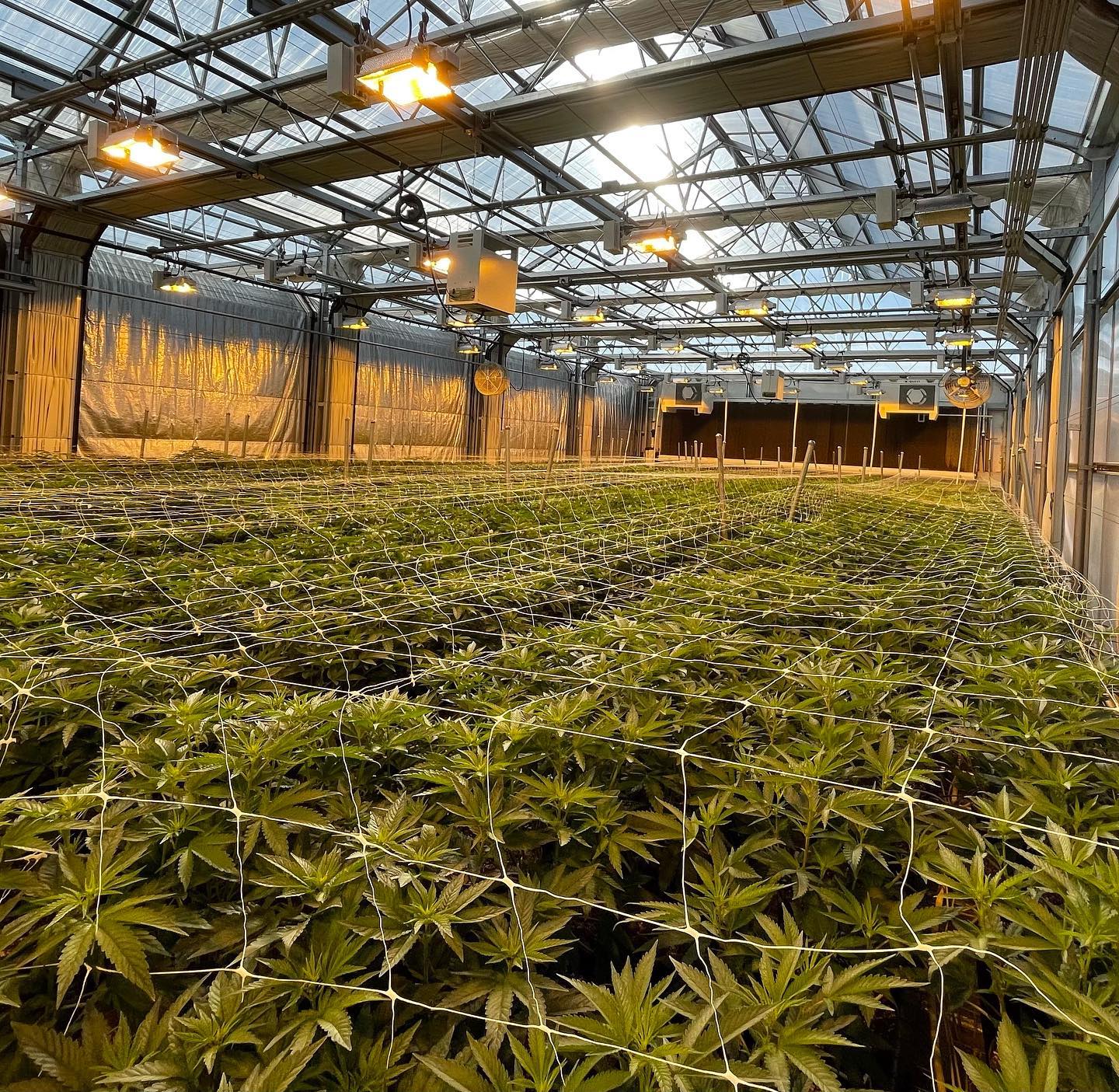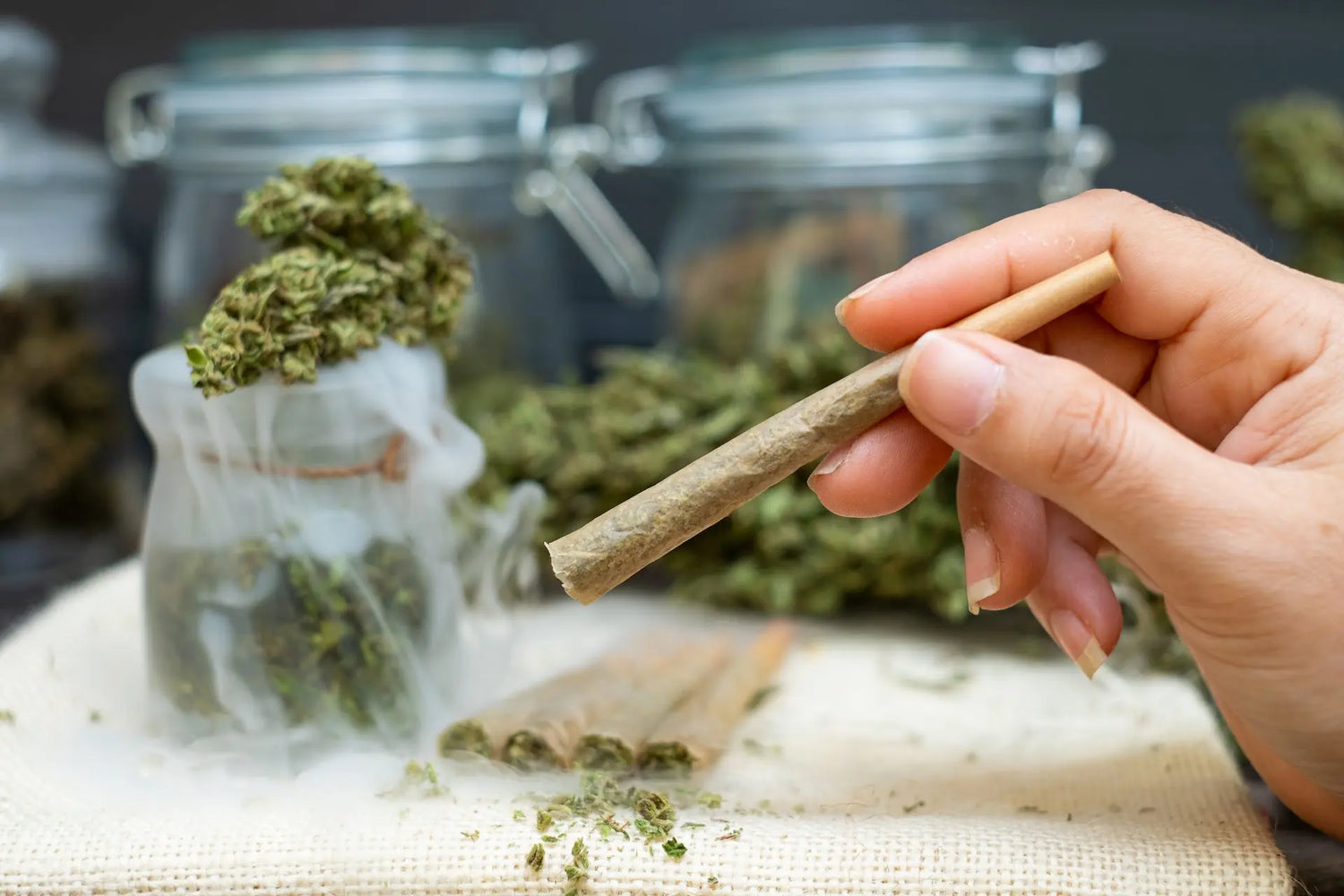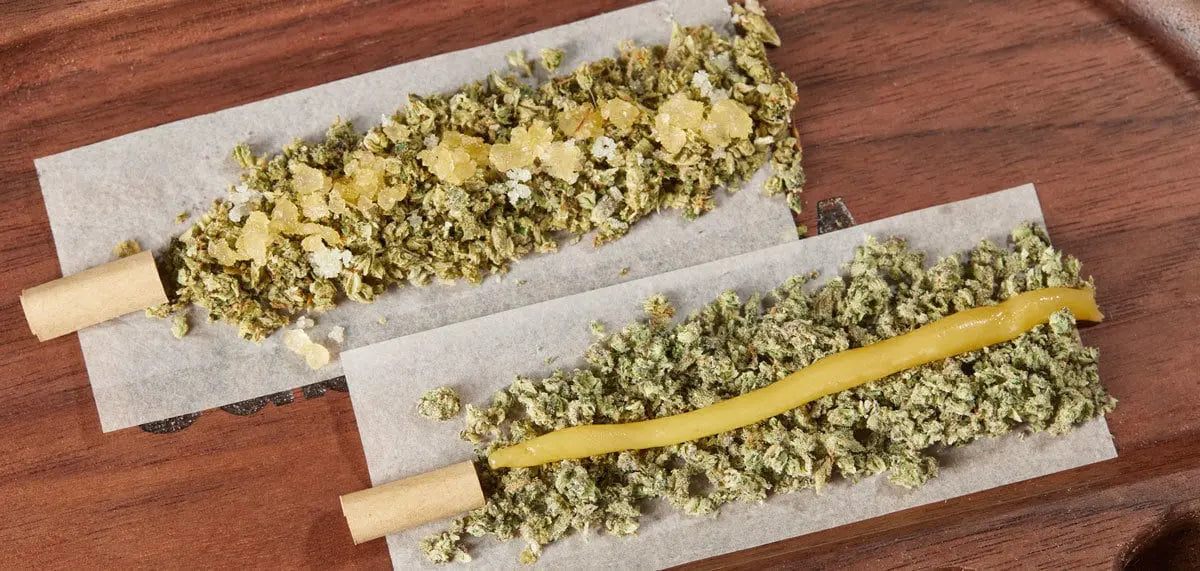The history of marijuana prohibition, like a lot of “facts” in cannabis culture, is a bit hazy.
Early Taoist and Muslim societies first embraced then likely shunned its use. It began to be outright banned in 1265 in parts of Egypt largely as an attempt to control the Sufi population, which was seen as lower class. Pope Innocent VIII is said to have banned it in 1484 because of its association with pagans. Spain brought hemp to South America for rope production but banned it in Mexico when the natives discovered it was useful for something other than textile making.
One of the most cited early prohibitions dates back to the 18th century. Napoleon Bonaparte is said to have issued the first formal prohibition of cannabis use in 1799 after his military campaign in Egypt. However, the exact details and motivations behind this prohibition are still debated among historians.
Why did early societies ban marijuana?
Early societies had varying reasons for banning marijuana. In Egypt, the ban was primarily driven by social and class control. The ruling class saw the Sufi population, who were known to use cannabis, as a threat to their power and influence. By banning cannabis, they aimed to suppress the Sufi population and maintain their control over society.
In Europe, the association of marijuana with pagans and non-Christian practices led to its prohibition. Pope Innocent VIII, in his efforts to eradicate pagan rituals and beliefs, banned the use of cannabis in 1484. This ban was part of a larger campaign to establish Christianity as the dominant religion and eliminate any practices deemed heretical.
What role did colonial powers play in marijuana prohibition?
Colonial powers also played a significant role in the prohibition of marijuana. Spain, for example, brought hemp to South America for rope production. However, when the indigenous populations discovered the psychoactive properties of cannabis, the Spanish authorities banned its use in Mexico. This was done to maintain control over the native population and prevent any potential uprisings or challenges to their authority.
Similarly, during the era of European colonialism, marijuana was banned in many colonies as part of a broader effort to impose European cultural norms and suppress indigenous practices. The colonial powers saw the use of cannabis as a threat to their control and sought to eradicate it.
When did marijuana prohibition gain widespread momentum?
The momentum for marijuana prohibition gained significant traction in the 20th century, particularly in the United States. During the early 1900s, there was a surge in anti-immigrant sentiments, and marijuana became unfairly associated with Mexican immigrants, who were already facing discrimination. This association, coupled with fears and prejudices, played a pivotal role in the passage of the Marihuana Tax Act in 1937. This act effectively criminalized the possession and sale of cannabis, perpetuating misconceptions and stigmatizing its use.
As subsequent decades unfolded, further restrictions and criminalization of marijuana followed suit. This was fueled by a combination of moral panic, racial biases, and political agendas. The War on Drugs in the 1970s intensified the crackdown on marijuana, leading to its classification as a Schedule I controlled substance. Such categorization not only imposed severe penalties but also hindered research and limited access to potential medical benefits.
The intricate historical context surrounding marijuana prohibition reveals a complex interplay of societal factors, highlighting the need for a thoughtful and evidence-based approach to drug policies. It is crucial to understand the historical roots and biases that have shaped public perception and legislation surrounding cannabis, as we strive for more informed and equitable discussions moving forward.
The history of marijuana prohibition is complex and intertwined with social, cultural, and political factors.
In early societies, cannabis was banned for a multitude of reasons, including social control and religious beliefs. The colonial powers of the past utilized prohibition as a means to assert dominance over indigenous populations, further perpetuating the restrictions on cannabis. Moving into the 20th century, the momentum of marijuana prohibition intensified, fueled by a complex interplay of factors such as racial biases and political agendas. Recognizing and comprehending this intricate historical backdrop is of utmost importance in shaping and informing the ongoing discussions and policies surrounding marijuana use and its potential legalization.





